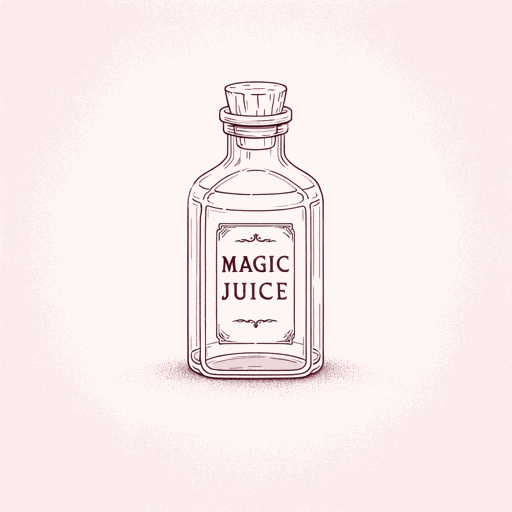57 pages • 1 hour read
Peter StraubGhost Story
Fiction | Novel | Adult | Published in 1979A modern alternative to SparkNotes and CliffsNotes, SuperSummary offers high-quality Study Guides with detailed chapter summaries and analysis of major themes, characters, and more.
Literary Devices
Mood
Content Warning: This guide’s source text discusses abuse of prescription substances and alcohol, suicide, physical and sexual abuse of children, violence, and sexual assault. The source text relies on anti-Black stereotypes and contains some anti-Black epithets.
Ghost Story creates a mood of suspicion, anxiety, and fear. Straub creates this mood by using diction, or word choices, that support the atmosphere of fear. The first paragraph of the novel uses evocative language and images that pull the reader into the mood of suspicion. The food is not chewed but gnawed; Don obscures his license plate and avoids crossing a border; The most terrifying sentence is the last one, “He still did not know what he was going to have to do to her” (13). Straub allows the reader to imagine any number of terrible acts and sows suspicion against both the little girl and Don.
The prologue itself heightens the sense of dread, fear, and suspicion by deliberately obfuscating intentions and context, deepening the suspicion of the scene’s mood. Don’s act of kidnapping immediately makes the reader suspicious of him and his motives, especially in his intense control of her.
Related Titles
By Peter Straub
Featured Collections
Aging
View Collection
Appearance Versus Reality
View Collection
Art
View Collection
Beauty
View Collection
Books on Justice & Injustice
View Collection
Books that Feature the Theme of...
View Collection
Books that Feature the Theme of...
View Collection
Brothers & Sisters
View Collection
Challenging Authority
View Collection
Earth Day
View Collection
Equality
View Collection
Fate
View Collection
Fear
View Collection
Friendship
View Collection
Good & Evil
View Collection
Grief
View Collection
Guilt
View Collection
Hate & Anger
View Collection
Horror, Thrillers, & Suspense
View Collection
Loyalty & Betrayal
View Collection
Marriage
View Collection
Memory
View Collection
Mortality & Death
View Collection
Mothers
View Collection
Music
View Collection
Mystery & Crime
View Collection
Order & Chaos
View Collection
Power
View Collection
Pride Month Reads
View Collection
Pride & Shame
View Collection
Revenge
View Collection
Safety & Danger
View Collection
Teams & Gangs
View Collection
The Past
View Collection
Trust & Doubt
View Collection
Truth & Lies
View Collection



